How I got myself into emerging tech space
Emerging technologies are basically new ideas or inventions that are just starting to make their way into the world, and they’ve got the potential to totally change the way we live, work, and connect with each other. AI and Quantum Computing are great examples. We know they’re going to be huge, but we’re still figuring out exactly how they’ll shape the future. It’s a bit like what happened with the internet. Robert Metcalfe, who invented Ethernet, famously—or infamously—predicted in the 90s that the internet wouldn’t amount to much. And, well, we all know how that turned out! It just goes to show how tricky it is to predict where a technology will take us, even when you're right there, at the forefront of Research and Development (R&D).
Kawasaki, Tokyo, 2014
Like a lot of people in R&D, my career path might seem a bit all over the place. I cruised through university, mainly because I was good at math and physics. I ended up with a scholarship to do a PhD, and from there, I went and worked at a top research center in Germany. It was an incredible experience—doing science, building my skills, expanding my network, and really broadening my interests. I even flirted with academia for a while, but then I landed a job at Toshiba, where I worked on network computer models for next-gen wireless systems. That was back in 2012—so, more than a decade ago! It’s funny because only now are some of those models really being deployed and used on a wider scale. The capabilities of 5G and Wi-Fi today are literally thousands of times greater than what they were back then in terms of speed and number of users supported.
Minority Report (2002/2054)
So that was my first deep dive into emerging tech. The second one was with a startup called Ultrahaptics (now renamed Ultraleap), that went on to raise over $150 millions and at some point grew to 180 people based all across the world, including the UK and California. If you’ve seen that Tom Cruise movie Minority Report from 2002 where he’s interacting with some data on a holographic screen using his hands and gestures, that’s basically half of what the startup was doing. It’s a branch of machine vision, where an AI system tracks and understand your hand and finger movements, basically replacing the mouse, the keyboard and the touchscreen. That’s a lot of potential impact, wouldn’t you agree?
Kervegant, Cédric, et al. "Touch hologram in mid-air." ACM SIGGRAPH 2017 emerging technologies. 2017. 1-2.
But we didn’t stop there, we went further, and we used sound waves to project highly focused pressure points, onto your hands, making you feel as if you are touching something. Basically holograms that you can touch and feel with your bare hands… Yes. I know. It’s very Sci-Fi. And my role, my job title, was Director of Research. How did I get that title/role? Directly from the CTO and founder, Tom Carter, who pulled me aside one day and said, ‘Orestis, you’re doing a great job at managing our academic program’ (which was our way of leveraging external innovations and university collaborations) ‘the company is growing fast and I need to step up and manage the entire engineering team, so I need you to take over the R&D team, I think you’ll be great, what do you say?’
At that point, we had just raised a lot of funding, so recruitment was going nuts. Brands were lining up to work with us, and in R&D, we had secured a bunch of government grants to do even more cutting-edge research with teams in France, Denmark, and Poland. So I said, ‘OK, if you say so boss, I’ll do it.’
And that’s how I stepped into that role.



